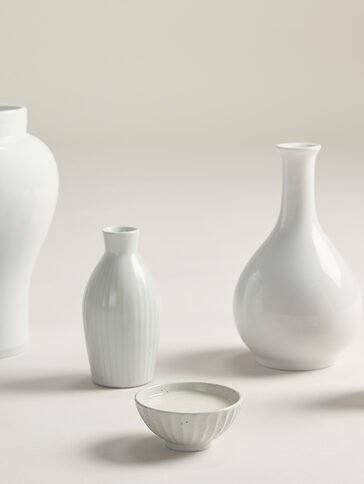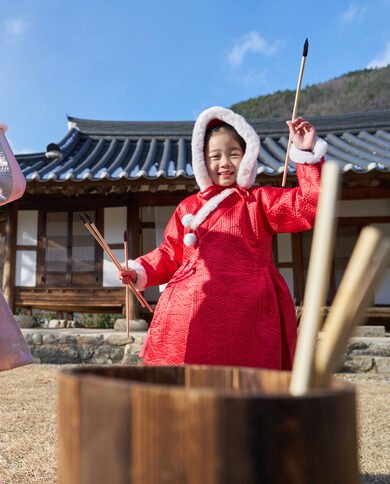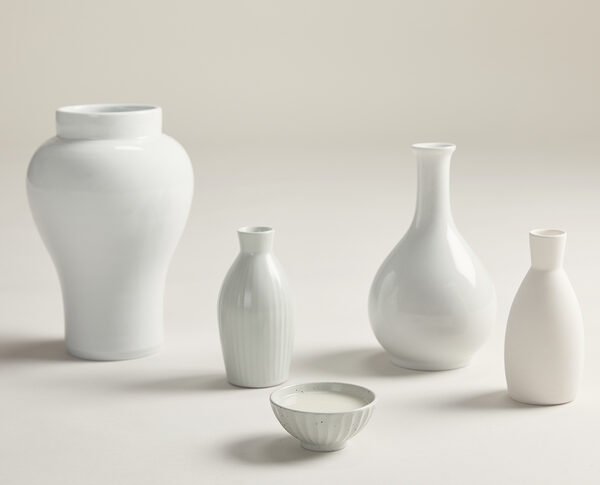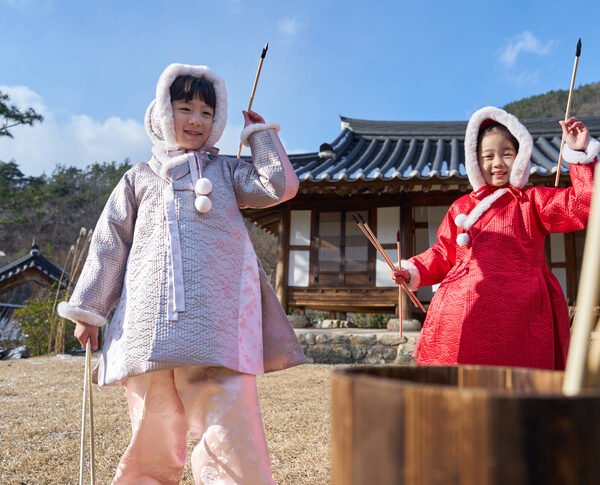I. Seoul’s Cultural Gem
Seoul, the bustling capital of South Korea, stands as a testament to the nation’s rich history. Amidst the modern skyline and vibrant urban life, Seoul proudly cradles five architectural jewels, known as the Five Royal Palaces. These palaces offer a captivating journey through time, providing a glimpse into Korea’s royal past and architectural brilliance.
II. Gyeongbokgung Palace: The Grandeur of Shining Happiness
A. The Main Royal Palace
Gyeongbokgung, the largest among the Five Royal Palaces, served as the primary residence for kings during the Joseon Dynasty. As you step through its imposing gates, the grandeur of Gyeongbokgung unfolds. Magnificent halls, delicate courtyards, and the iconic Gyeonghoeru Pavilion reveal the architectural mastery of ancient Korea.
B. Exploring Gyeongbokgung
A visit to Gyeongbokgung is a journey into the heart of Korean history. Marvel at the intricate details of Geunjeongjeon, the main throne hall, and stroll through the expansive Gyeonghoeru Pavilion, set against the backdrop of serene palace grounds. Gyeongbokgung not only narrates the stories of Korea’s rulers but also showcases the country’s resilience and cultural sophistication.
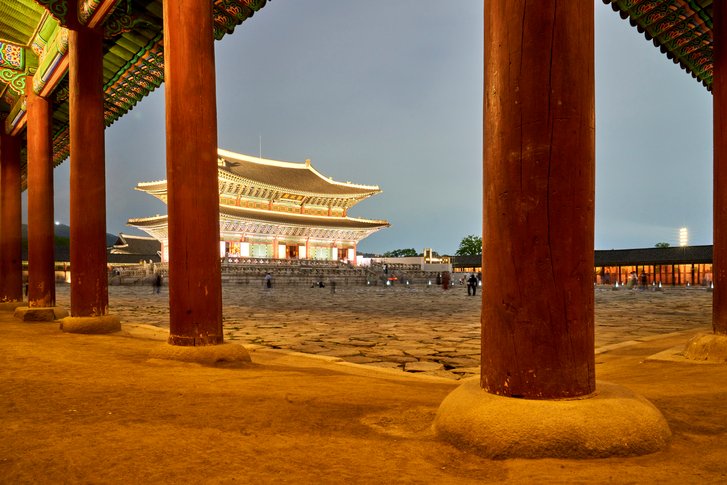
III. Changdeokgung Palace: A Forbidden Beauty
A. The Enchanting Secret Garden
Changdeokgung, a UNESCO World Heritage site, boasts a unique feature—the Secret Garden. This lush oasis served as a retreat for the royal family, surrounded by palace walls and hidden from the public eye. Walking through the Huwon, as the Secret Garden is known, transports visitors to a tranquil haven amidst the bustling city.
B. The Forbidden City
Changdeokgung’s distinct architectural style reflects a more natural integration with the landscape compared to other palaces. The intricate design of its buildings and the harmonious coexistence with nature earned it the title of a “Forbidden City,” emphasizing its exclusivity during the Joseon era.
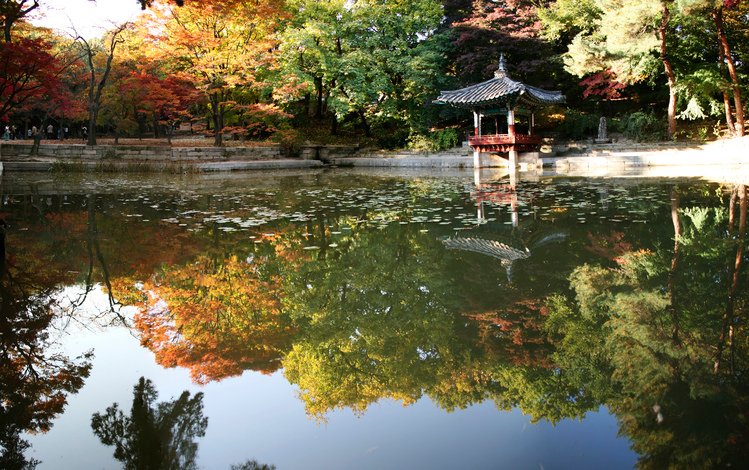
IV. Changgyeonggung Palace: The Palace of Flourishing Gladness
A. A Serene Escape
Initially designed as a residence for queens, Changgyeonggung offers a serene escape from the urban bustle. The palace’s layout, surrounded by beautiful gardens and tranquil ponds, creates a peaceful ambiance. Changgyeonggung stands as a testament to the importance of balance in royal life, where nature and architecture coexist harmoniously.
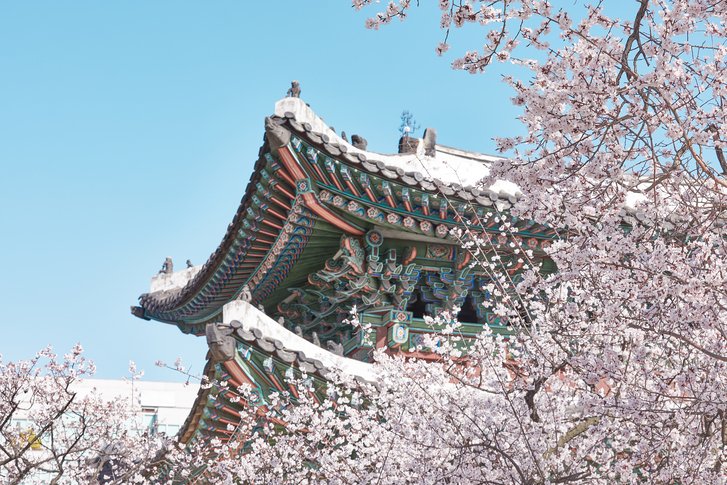
V. Deoksugung Palace: The Palace of Virtuous Longevity
A. Western Influence
Deoksugung Palace stands out for its unique blend of traditional Korean and Western architectural styles. Amidst the ancient structures, Seokjojeon Hall, a Western-style building, reflects Korea’s openness to external influences. This juxtaposition captures the adaptive nature of Korean culture throughout different historical periods.
B. Stone-Wall Road and Western Halls
The contrast between the stone-wall road, a symbol of traditional Korean palace architecture, and the Western-style halls creates a fascinating visual narrative. Deoksugung Palace invites visitors to witness the evolution of Korea’s cultural identity against a backdrop of historical change.
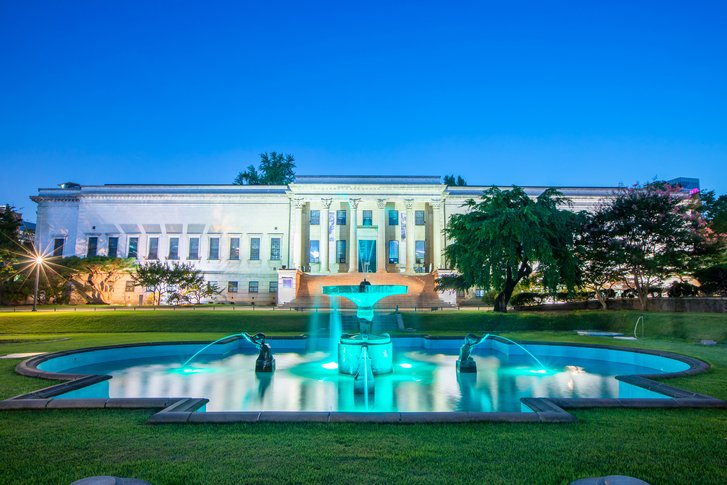
VI. Gyeonghuigung Palace: The Palace of Serene Harmony
A. Overlooked Beauty
Gyeonghuigung, often overshadowed by its larger counterparts, carries its own historical significance. Though much of the palace has been lost to time, what remains speaks volumes about Korea’s resilience and ability to adapt to change. Gyeonghuigung’s enduring spirit adds depth to the narrative of Seoul’s royal history.
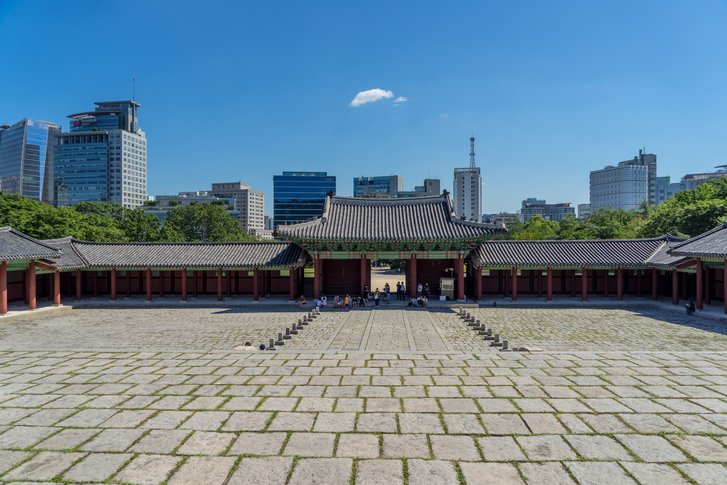
VII. Rediscovering Korean History
A. Architectural Marvels Amidst Modernity
The Five Royal Palaces serve as poignant reminders of Korea’s majestic past, juxtaposed against the modern urban landscape of Seoul. Visitors can embark on a captivating journey through time, exploring architectural marvels that have withstood centuries of change and transformation.
VIII. Preserving Heritage in a Modern Metropolis
A. Ongoing Restoration Efforts
Despite the challenges of time and external factors, ongoing restoration efforts ensure the preservation of the palaces as cultural treasures. The delicate balance between maintaining historical integrity and meeting the demands of a modern metropolis reflects Korea’s commitment to honoring its heritage.
IX. A Walk Through Time
A. Immersive Experiences
Guided tours, cultural performances, and traditional ceremonies within the palace grounds offer visitors immersive experiences. These activities provide a deeper understanding of the customs, rituals, and daily life that once graced the royal courts, allowing for a more profound connection to Korea’s rich cultural heritage.
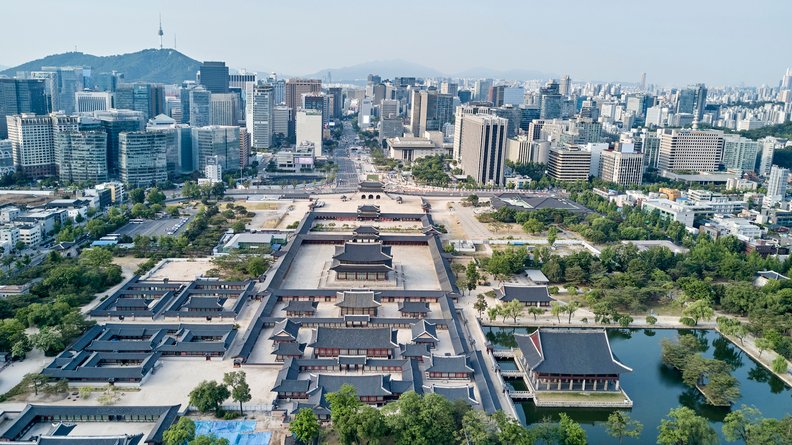
X. A Tapestry of Royal Legacies
In the heart of Seoul, the Five Royal Palaces stand as living testaments to Korea’s royal legacies. From the grandeur of Gyeongbokgung to the secluded beauty of Changdeokgung, each palace weaves a unique thread into the intricate tapestry of Korea’s past. As visitors traverse the hallowed halls and verdant gardens, they become part of a narrative that transcends time and bridges the gap between ancient tradition and modern dynamism.
FAQs About the 5 Royal Palaces
Q1. Can I visit all Five Royal Palaces in one day?
Yes, it is indeed possible to visit all Five Royal Palaces in one day, but it’s worth considering the depth of your exploration. Each palace has its unique charm and historical significance, so it might be more rewarding to focus on a few rather than rushing through all of them. Gyeongbokgung and Changdeokgung, being the largest and most well-preserved, often take more time to explore thoroughly.
Q2. Are there guided tours available?
Absolutely! Guided tours are available at each of the palaces, providing visitors with insightful narratives, historical context, and fascinating stories about the royal families that once inhabited these majestic structures. These tours enhance the overall experience, offering a deeper understanding of the cultural and historical importance of each palace.
Q3. What is the best time to visit the palaces?
The best times to visit the palaces are during the spring and fall seasons. In spring, the weather is mild, and cherry blossoms adorn the palace grounds, creating a picturesque scene. In the fall, the foliage adds vibrant colors, enhancing the beauty of the surroundings. These seasons not only offer pleasant weather but also provide a visually stunning backdrop to your exploration.
Q4. Are there any special events or ceremonies held at the palaces?
Yes, the Five Royal Palaces host various special events, cultural performances, and traditional ceremonies throughout the year. These events allow visitors to witness reenactments of royal ceremonies, experience traditional music and dance, and gain a deeper insight into the rich cultural heritage of Korea. Checking the palace event calendar ahead of your visit can add an extra layer of cultural immersion to your experience.
Q5. Can I wear traditional Hanbok clothing while visiting the palaces?
Absolutely! Many visitors choose to enhance their palace experience by renting and wearing Hanbok, traditional Korean clothing. This not only adds a fun and immersive element to your visit but also allows you to step back in time and feel a connection to the historical ambiance of the palaces. Numerous rental shops around the palaces offer a wide range of Hanbok styles for both men and women.



